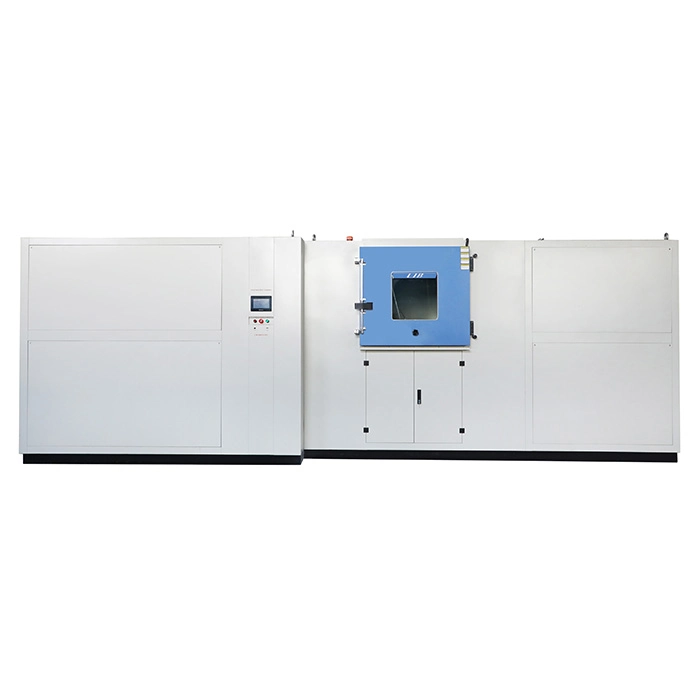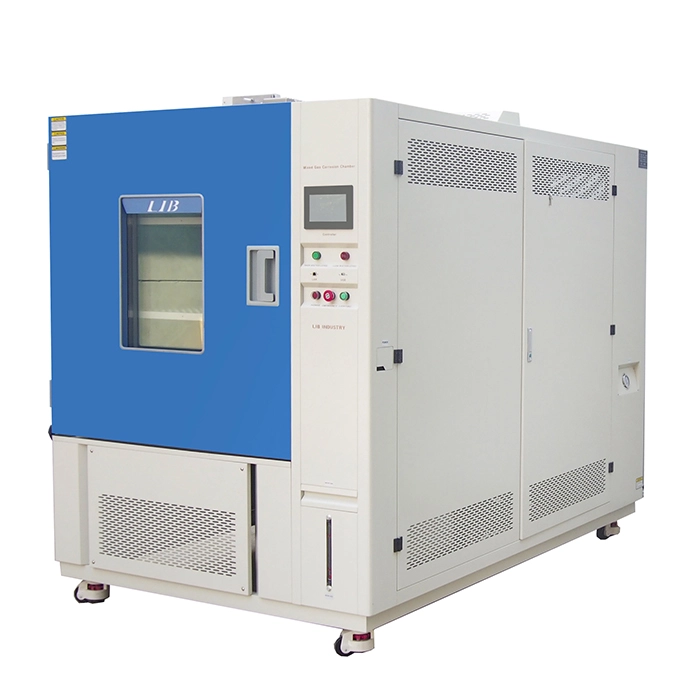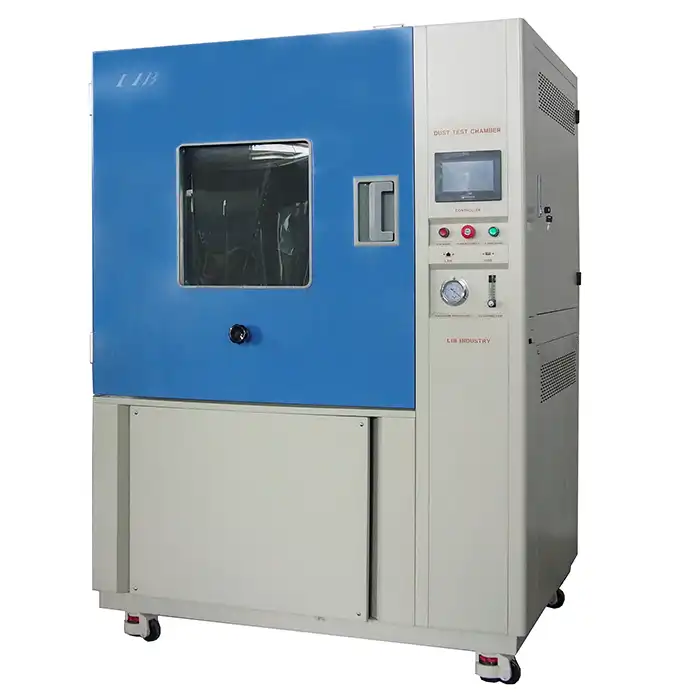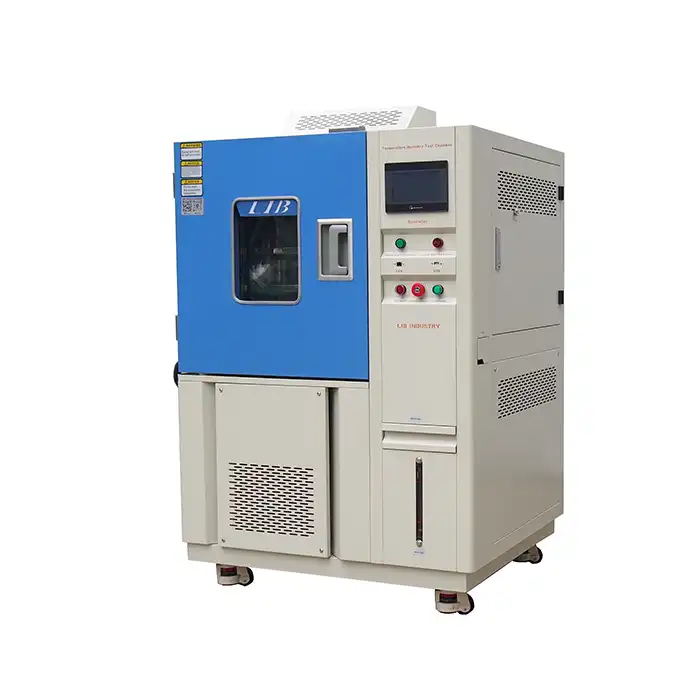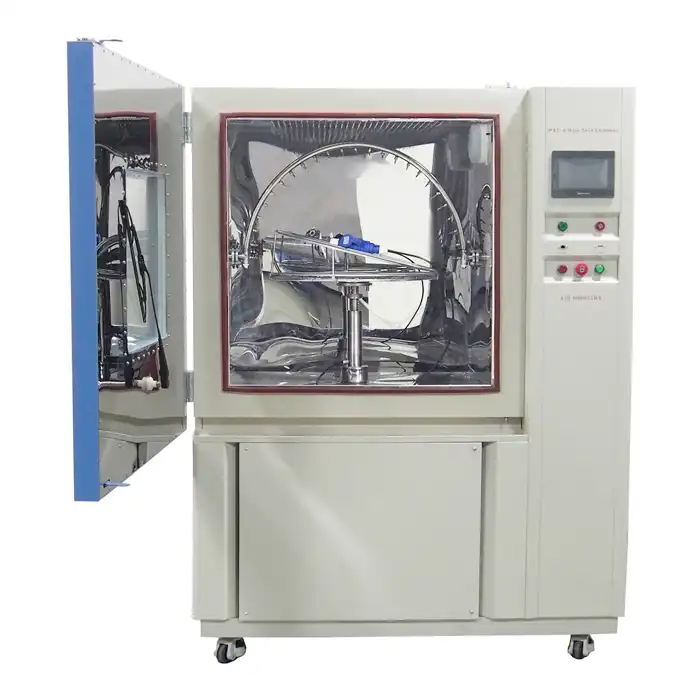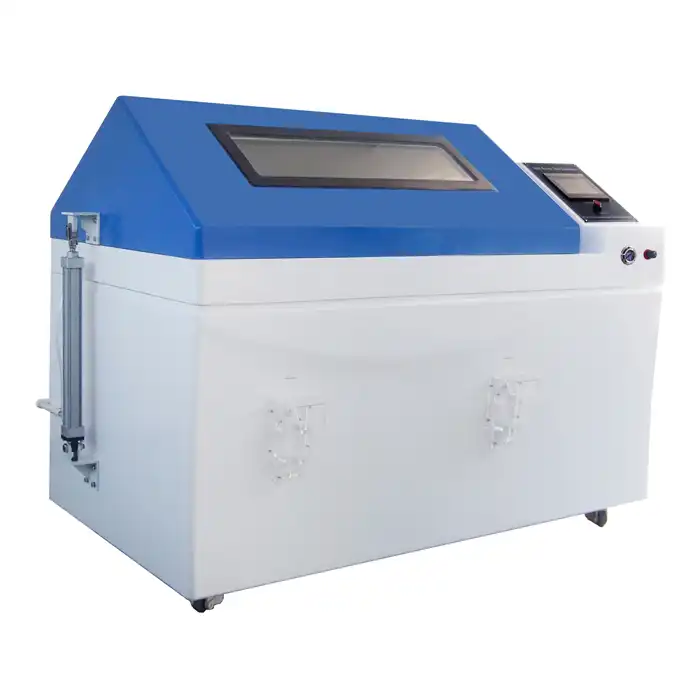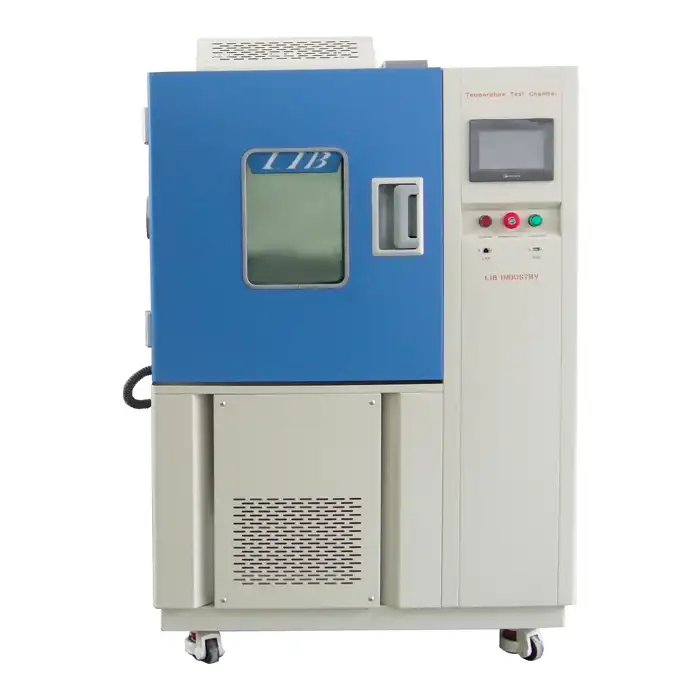What is the principle of environmental chamber?
Environmental chambers are essential tools in various industries, designed to simulate specific environmental conditions to test the durability, reliability, and performance of materials, products, and components. Whether it’s for research, quality control, or product development, understanding the principles behind these chambers is crucial for anyone involved in manufacturing, engineering, or scientific research. This article will explore the fundamental principles of environmental chambers, with a particular focus on the benchtop environmental chamber, a compact yet powerful solution for controlled environment testing.
How Does an Environmental Chamber Work?
An environmental chamber works on the guideline of making and keeping up with explicit natural circumstances inside a controlled space. These circumstances might incorporate temperature, mugginess, pressure, and now and again even openness to light or destructive substances. The chamber's capacity to reenact certifiable circumstances permits designers and specialists to survey how items or materials will perform under different situations.
A sophisticated control system that regulates the internal environment is at the center of an environmental chamber. This framework normally incorporates sensors to screen conditions and actuators to change warming, cooling, humidification, or dehumidification processes on a case by case basis. In a benchtop environmental chamber, for instance, efficient controls and a compact design are optimized to provide precise conditions without taking up a lot of space.
A basic part of the chamber's activity is its capacity to keep up with soundness over the long haul. High-quality insulation and sophisticated temperature and humidity control systems are used to accomplish this, ensuring that the chamber's conditions remain constant even during extended testing. The chamber can reveal potential weaknesses or failure points in products before they are exposed to real-world conditions by simulating conditions like extreme temperatures, rapid temperature changes, or high humidity.
What are the Key Features of a Benchtop Environmental Chamber?
A benchtop environmental chamber offers many of the same capabilities as larger chambers but in a more compact and accessible form. These chambers are particularly useful for laboratories and facilities where space is limited, yet precise environmental testing is still required. Here are some key features that make the benchtop environmental chamber an attractive choice:
- Compact Size
As the name suggests, benchtop environmental chambers are small enough to fit on a laboratory bench. Despite their size, they do not compromise on performance, offering the same level of control and precision as larger chambers. This makes them ideal for testing small components, electronics, or materials without the need for a full-sized chamber.
- Versatility
Benchtop chambers are designed to simulate a wide range of environmental conditions. Whether testing under extreme heat, cold, or humidity, these chambers can be programmed to replicate the specific conditions needed for your testing protocols. Some models even offer the ability to simulate rapid temperature changes or cyclic conditions, providing valuable insights into how materials or products will behave over time.
- Energy Efficiency
Modern benchtop environmental chambers are designed with energy efficiency in mind. By using advanced insulation and energy-saving technologies, these chambers minimize energy consumption while maintaining precise control over the internal environment. This not only reduces operating costs but also makes the chamber more environmentally friendly.
- Ease of Use
User-friendly interfaces and programmable controls are standard in benchtop chambers. These features allow operators to easily set up and run tests, monitor conditions in real time, and analyze results. The intuitive design ensures that even users with limited experience can effectively use the chamber for their testing needs.
- Reliability
Built with high-quality materials and components, benchtop environmental chambers are designed for durability and long-term use. The robust construction ensures that the chamber can withstand the rigors of repeated testing while maintaining accurate and consistent environmental conditions.
Why Choose a Benchtop Environmental Chamber?
Choosing a benchtop environmental chamber offers several advantages, especially for businesses and laboratories that require reliable and precise environmental testing without the need for a large, space-consuming unit. Here’s why a benchtop environmental chamber might be the right choice for you:
- Space Efficiency
If your workspace is limited, a benchtop environmental chamber is the perfect solution. It provides the same capabilities as larger chambers but in a much smaller footprint. This makes it possible to conduct rigorous environmental testing even in small laboratories or production areas.
- Cost-Effective Testing
Benchtop environmental chambers are generally more affordable than their larger counterparts, making them a cost-effective option for small to medium-sized businesses or research facilities. The lower initial investment, coupled with energy-efficient operation, results in long-term savings.
- Precision and Control
Despite their smaller size, benchtop environmental chambers offer precise control over testing conditions. This precision is crucial when testing products or materials that require exact environmental conditions to determine their performance, durability, or lifespan.
- Flexibility
The versatility of benchtop chambers allows them to be used for a wide range of applications. Whether you’re testing electronics, automotive components, pharmaceuticals, or materials, a benchtop chamber can be configured to meet your specific testing needs.
- Scalability
For businesses that start with benchtop chambers, there’s always the option to scale up testing operations by adding more units or moving to larger chambers as needed. This scalability allows for growth without the need for a significant upfront investment.
Conclusion
In conclusion, understanding the principle of environmental chambers, particularly benchtop environmental chambers, is crucial for anyone involved in product testing or development. These chambers provide a controlled environment to simulate real-world conditions, allowing for precise and reliable testing. The compact size, versatility, and energy efficiency of benchtop chambers make them an ideal choice for businesses and laboratories looking to conduct high-quality environmental testing without the need for large, space-consuming equipment.
If you want to learn more about this kind of benchtop environmental chamber, welcome to contact us info@libtestchamber.com.
References
1. Zhang, Y., & Li, H. (2022). Environmental Testing Chambers: Design and Applications. Journal of Applied Engineering, 15(3), 125-140.
2. Patel, R. (2021). Advances in Benchtop Environmental Chambers for Laboratory Testing. International Journal of Laboratory Science, 29(4), 221-235.
3. Smith, J., & Thompson, B. (2020). Energy Efficiency in Environmental Test Chambers. Energy Research Journal, 18(2), 78-92.
4. Chen, W., & Liu, M. (2019). Precision Control in Benchtop Environmental Chambers: A Technical Review. Proceedings of the IEEE International Conference on Environmental Testing, 11(5), 333-345.
5. Kumar, S. (2018). Small-Scale Environmental Chambers: Practical Applications and Benefits. Journal of Materials Testing, 22(6), 452-460.



